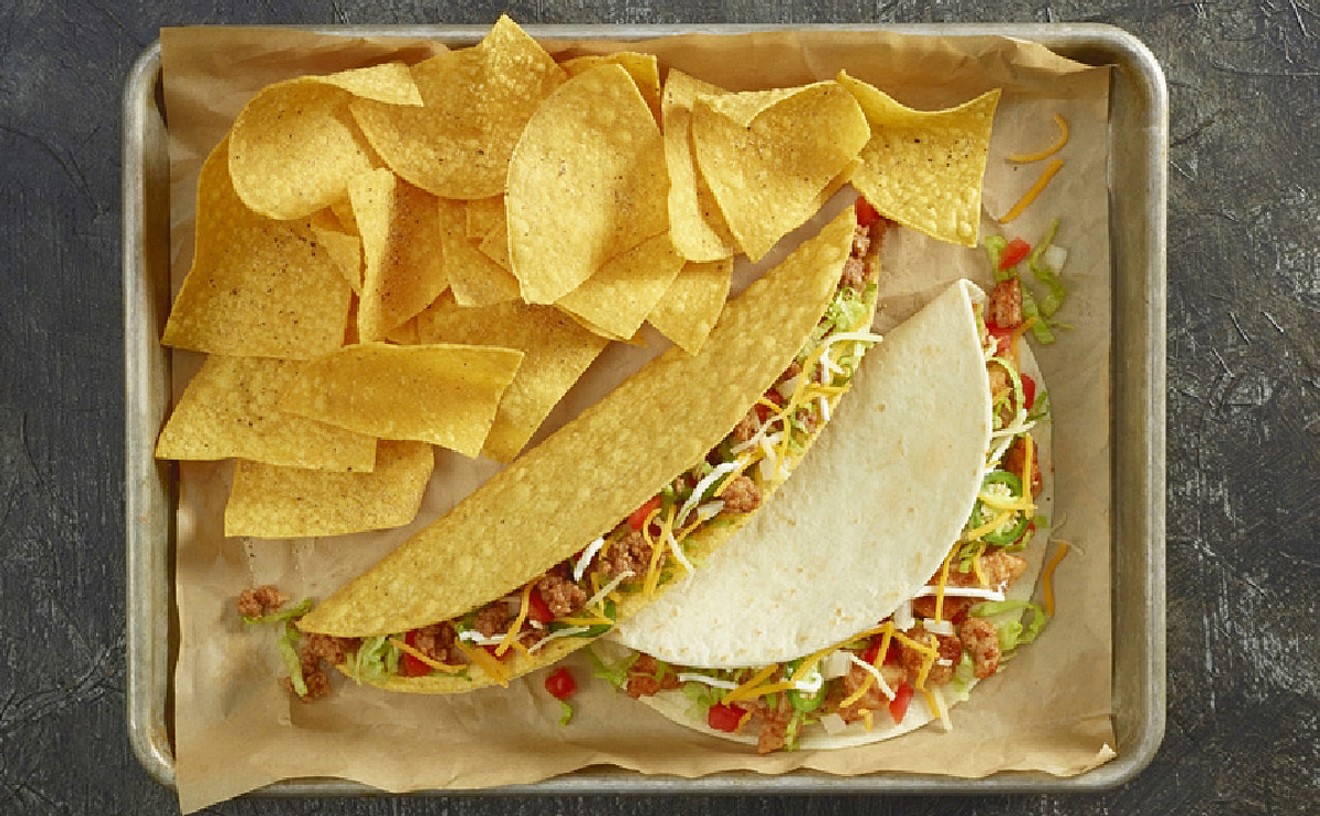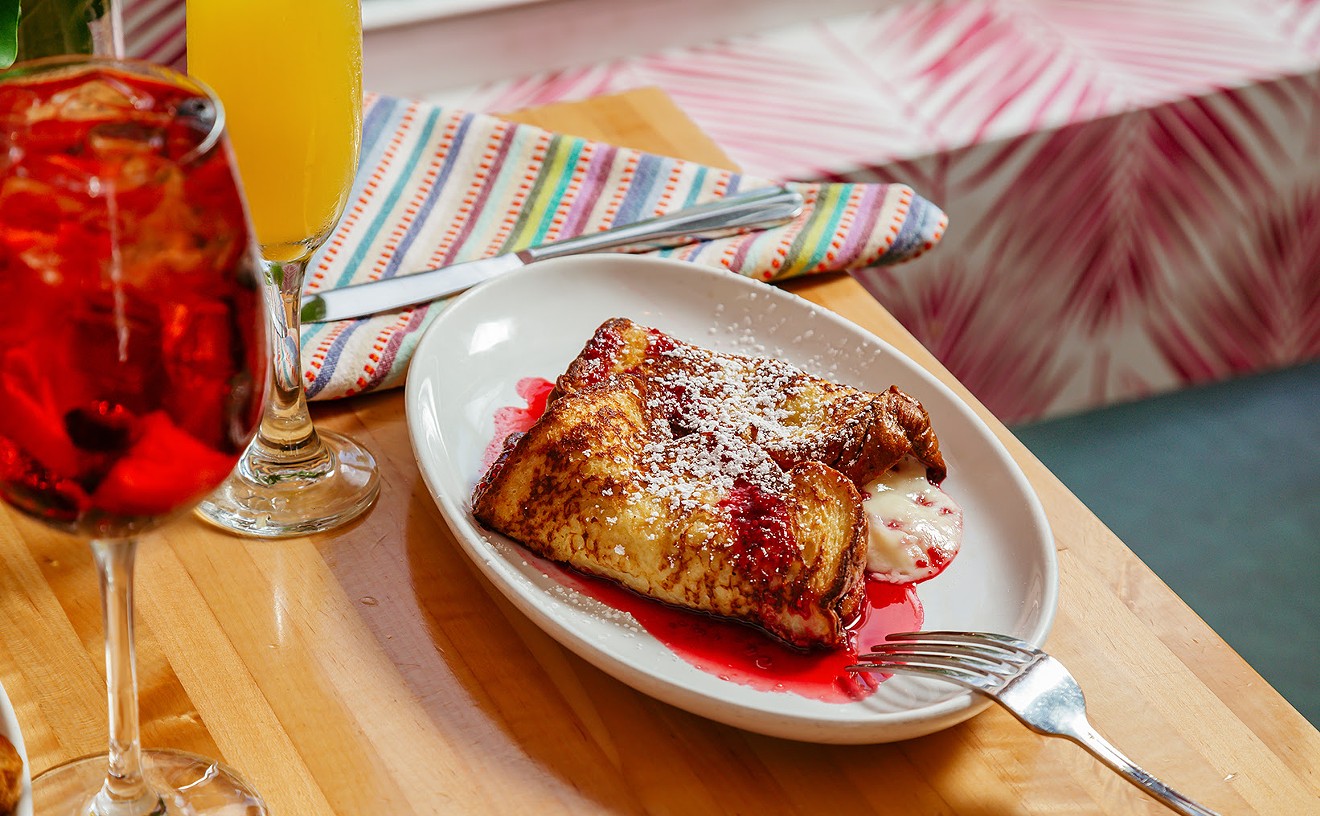In celebration of National Oyster Day, we present the second installation of our oyster tutorial with Executive Chef of Blue Door Fish and oyster savant extraordinaire, Sean Bernal. Yesterday, he opened up the kitchen and gave us a lesson in everything mollusk related, and today we dive deeper into the watery world of West Coast oysters.
The Pacific Ocean leaves a more pronounced character upon the meaty insides; and a much more interesting aesthetic shell-side. Being tossed and turned in the rough, cold waters produces a deeper cup and a wider ranger of colors and textures. Note above, the top two oysters are from Washington; Eld Inlet oysters from the southern Puget Sound and Pickering Pass from the northern Puget Sound. The bottom two are East Coast oysters, with a more even texture and similar shell color tone.
Chef Bernal says that "East Coast oysters have a very smooth, kind of dull shell, greenish - brownish, very boring looking. The West Coast oyster has a more beautiful shell. They tend to be fluted -- see this one (above) has touches of purple on one side, of green and gray, slate even blue in the shell. So you know that's another way to distinguish types of oysters, by the types of shells they have."
Now on to a professional shucking lesson. An old joke for you first:
Question: "How do porcupines make love?"
Answer: "Very carefully."
In other words, this exercise involves a sharp knife in your open hand. Please proceed with appropriate kitchen caution.
Before we begin with the lesson, it's important to get yourself the right knife. This is the tool required, it's available everywhere from Bed, Bath & Beyond to larger-sized Publix stores.
Sean Bernal: "First step, is that when you are going to shuck an oyster, you have to protect your hands. You can buy a chain mail glove, or a rag that you fold three or four times to make it a nice, thick protective layer, because you could slip and poke yourself with the knife. That's not good, you don't want to do that."
Bernal: "Take the oyster in your hand, for me I'm right handed so I put the oyster in my left hand and hold it between my thumb and index finger and face it with the hinge toward me. When you look at the hinge it's where the two shells meet, oysters being bivalves. The first thing you do is put your knife into where the hinge comes together. As with any shellfish there is an inherent weak spot where the two shells come together."
Bernal: "What you want to do with the oyster is exploit that weak spot. You put your knife in and wiggle it around a bit until you feel it get into the groove. Once it gets into the groove you're going to turn it a little bit counterclockwise, and hopefully the shell will pop. Once you've got the oyster popped open, you need to sever the adductor muscle."
Bernal: "The adductor muscle is going to be located right next to where your middle finger is when you're holding the oyster. So you're going to slide your knife in and sever it, cutting it on one side, and then you should be able to lift the top shell off."
Bernal: "You're almost done, almost ready to enjoy your oyster. You have to sever the bottom of the adductor muscle, that way you can just slurp it in and enjoy it."
Bernal: "Remember it will take practice. The first couple of oysters you shuck won't look as beautiful as this one. What you can do, after you sever the adductor muscles you can take the oyster and flip it around and make it look pretty."
He recommends going online to buy cold-water oysters, but admits that it's tricky to buy oysters locally. "Ya gotta be in the know." He directs us to Browne Trading and The Fish Peddler in Pompano. Casablanca Fish Market is also a source, though an unreliable one.
Follow Short Order on Facebook and Twitter @Short_Order.









